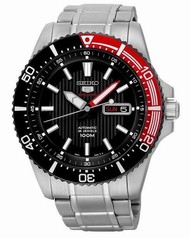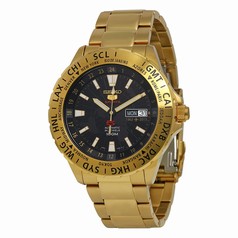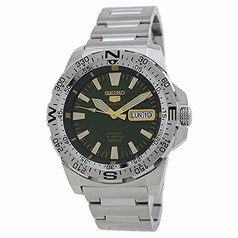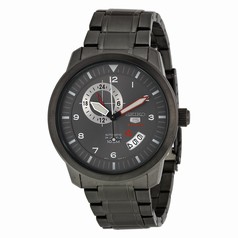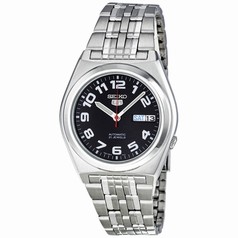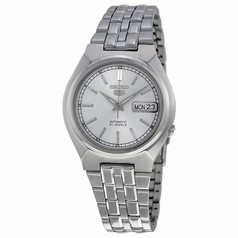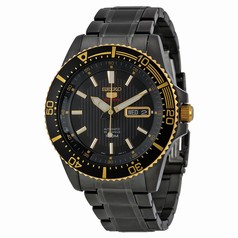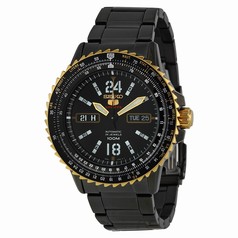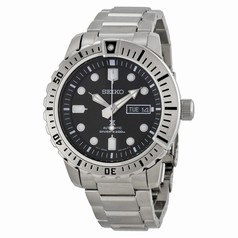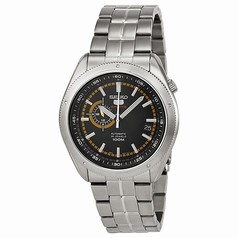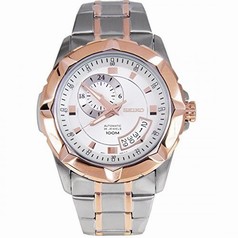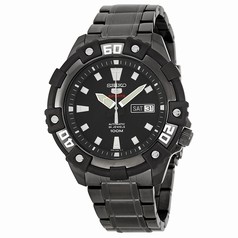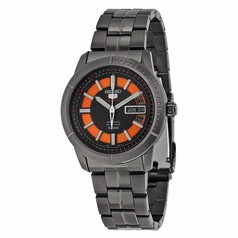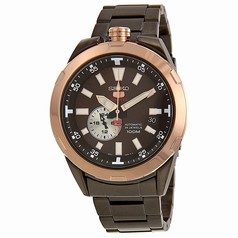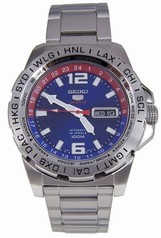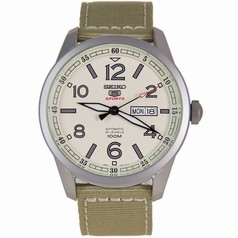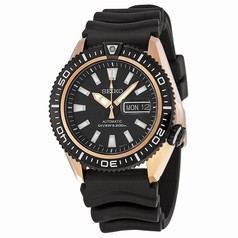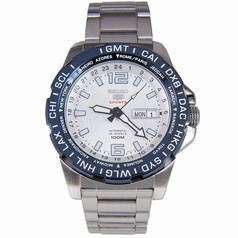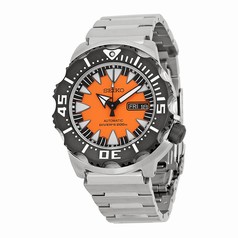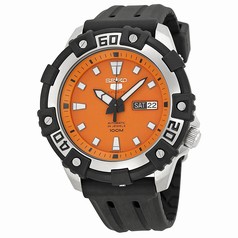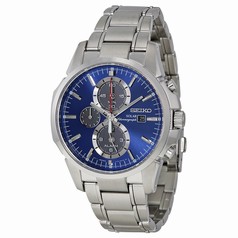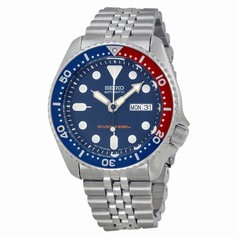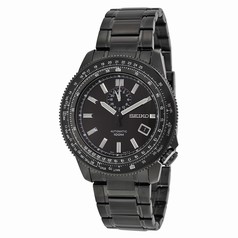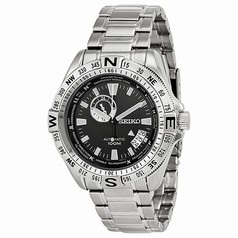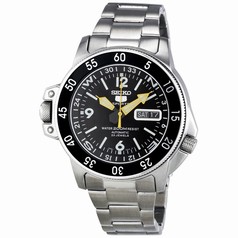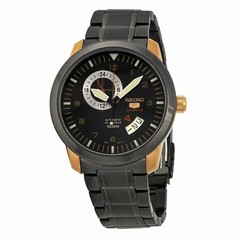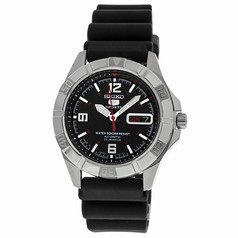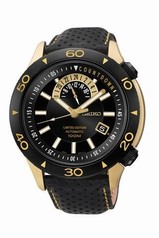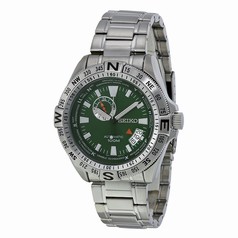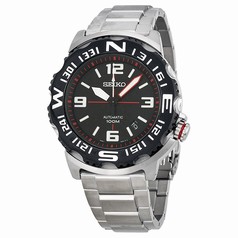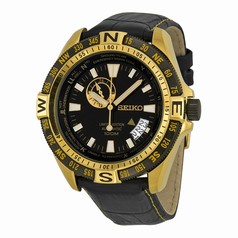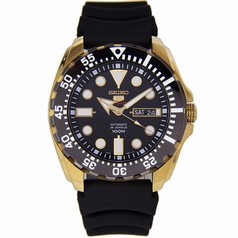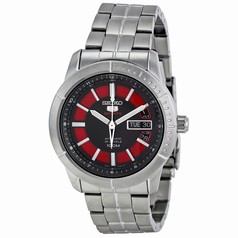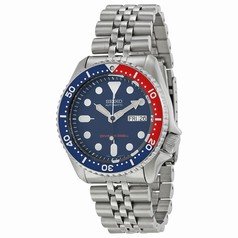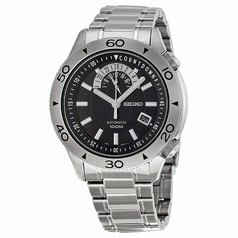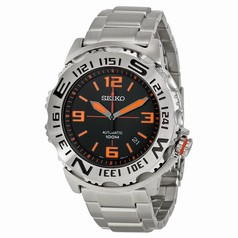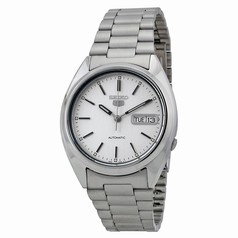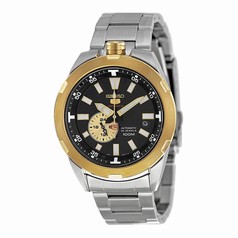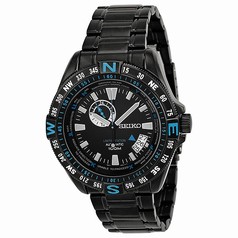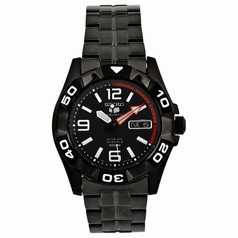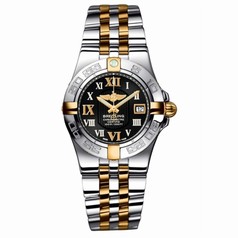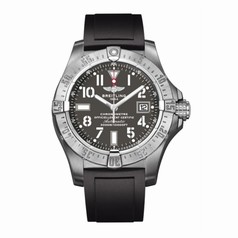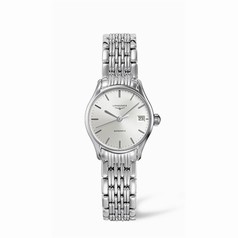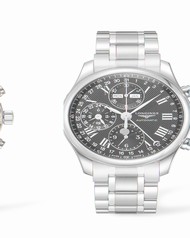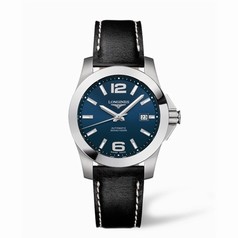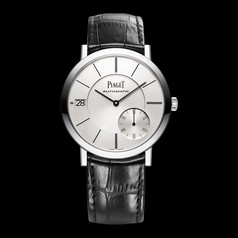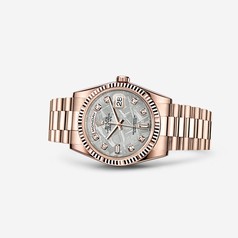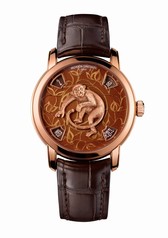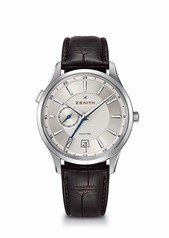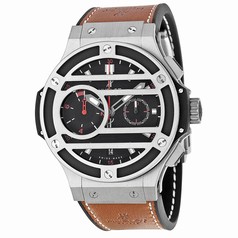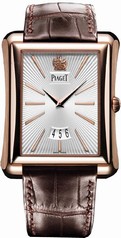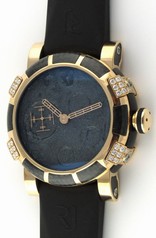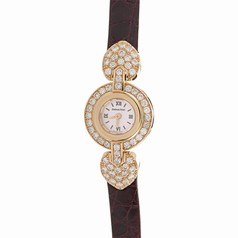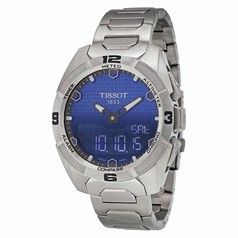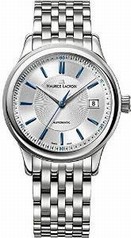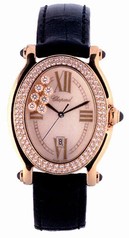Seiko - Japan's watchmaking star
Seiko, established in 1881, is the oldest watch company in Japan and one of the oldest in the entire watch industry. The company, founded by Kintarō Hattori, started out as a small watch and jewellery shop in the Ginza area of Tokyo and naturally gravitated into producing clocks and watches. Having established itself early on as a high quality mechanical watch manufacturer, Seiko introduced the first quartz watch in 1969, and the worldwide watch industry was changed forever.
Globally, the emphasis for the company has been on quartz and kinetic, while Seiko continued producing high quality mechanical watches, primarily for its home market, under the names of Grand Seiko and Credor. Today, Credor is mainly sold inside Japan, with a few other outlets in Asia. Credor is not available in Europe or the United States.
Seiko presents a full line of watches spanning the company's four technologies of watchmaking: mechanical, quartz, kinetic and Spring Drive.
Japanese not Swiss
Though Japan has learned a great deal from the Swiss, the founder made several trips to Switzerland, Seiko is uniquely Japanese. There is no tradition of small watchmaking ateliers in Japan, so Seiko couldn't rely on a network like the Swiss have to supply specialized parts. Therefore, Seiko had to do it all themselves, in-house. As a result, Seiko is one of the few vertically integrated companies in the worldwide watch industry. Seiko makes virtually every part that goes into its mechanical watches, including the mainspring and the balance spring.
Quality is foremost in everything that Seiko does, and that shows through in every stage of the company's production. In addition, unlike many other companies, Seiko has not limited itself to any particular technology. When the company, for example, saw the potential of GPS in watchmaking, they committed resources and went after it in full force. The result? The ground-breaking Seiko Astron. At the same time, Seiko has high watchmaking that is equal to just about anything from Switzerland. This wide variation of technologies used is relatively unknown in the watch industry.
Future
Seiko is backed by one of the biggest companies in the watch industry, so Seiko's future is secure. Though Seiko's quartz watches are in the upper end range already, it's in mechanicals where the most interesting work can be done, and Seiko rightly feels mechanical watch expertise is part of the company's DNA. In 1998, Seiko introduced Spring Drive, a mechanical innovation that has been very well accepted throughout the world. Seiko has the ability and the production capacity to really make a mark in mechanical watches. Having Seiko in the entry level mechanical market is good news for the watch industry, because the company is so big, the gospel of mechanical watches can be spread far and wide. Seiko is now making its mechanical watches available to markets outside of Asia with the Grand Seiko and Ananta lines, the rest of the watch industry better sit up and take notice.
The president and CEO of Seiko worldwide is Shinji Hattori, great-grandson of the founder, Kintarō Hattori. A modern thinker and innovator, Hattori is keen to leverage Seiko's past while moving into the future. "People think of Seiko as modern and many do not know we are 133 years old," he explains. "When we started to make watches, they were all mechanical. In the 1960s we invented quartz and became the leader in this as well. But we went further and we sought to invent new technologies that would combine both mechanical and electronic watchmaking, and the result was kinetic, Spring Drive and GPS Solar, and all of this is done in-house. Our history has created our present. By being leaders, we have developed into a company with a unique mastery of all areas of watchmaking. In this sense, we use our past to create our future."

